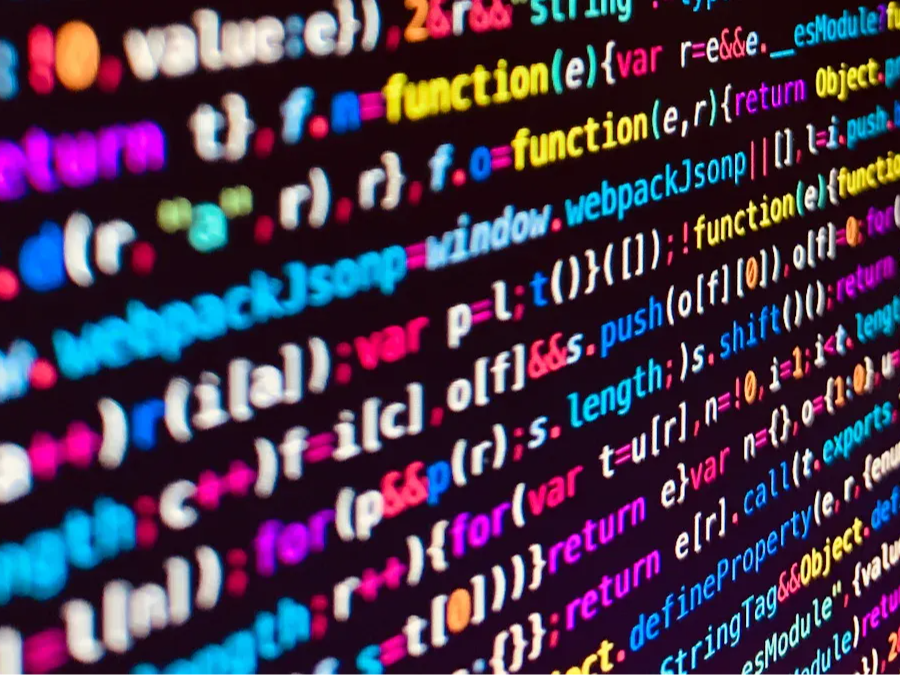Cross-validation is a key technology in the field of machine learning. Its core purpose is to measure the performance of the model on new and unseen data sets, so as to more accurately predict the performance of the model in practical applications. By dividing the data set into several subsets, each subset is used as a test set in turn, and the remaining subsets are used as training sets. Cross-validation can provide more reliable and stable evaluation results, effectively avoid overfitting problems, and ensure that the model has good generalization ability. By reasonably selecting and applying cross-validation methods, researchers and engineers can more accurately evaluate the performance of the model, optimize the model selection and parameter adjustment process, and improve the performance of the model in practical applications.
What is cross-validation?
Cross-validation is an important model validation technique in statistical analysis, mainly used to evaluate the generalization ability of the model on unknown data. It divides the data set into several subsets, and then uses different subset combinations for multiple training and testing to obtain a robust estimate of the model performance.
How cross validation works?
Randomly split the entire dataset into K equal (or almost equal) sized subsets, which are called "folds". Perform K iterations, and in each iteration, select a subset as the validation set, and combine the remaining K-1 subsets as the training set to train the model. Use the training set to train the model in each iteration, and then use the selected validation set to evaluate the performance of the model, such as calculating accuracy, precision, and other indicators.
The above operation is repeated K times until each subset has been used as a validation set once. Finally, the evaluation results of K iterations are averaged to obtain the final estimate of the model performance. Cross validation is also commonly used in the selection of model parameters. The model performance is compared by different parameter settings and the best parameter configuration is selected. The purpose of cross validation is to provide a reliable estimate of the generalization ability of the model and prevent overfitting. In this way, the performance of the model on unknown data can be more accurately evaluated.
Main applications of cross-validation
Cross-validation has a wide range of applications in machine learning and data science, including but not limited to:
Model performance evaluation: Through multiple training and testing, it provides a comprehensive understanding of model performance
Model selection: Compare the performance of different models or different model parameter configurations to determine which model is most suitable for solving a specific problem.
Prevent overfitting: Detect whether the model is overfitting and improve its generalization ability by adjusting the complexity of the model.
Hyperparameter tuning: Find the best hyperparameter configuration, define the candidate value range of the hyperparameter, set up a cross-validation scheme, and select the hyperparameter combination with the best performance evaluation result.
Testing of limited data sets: In the case of limited data, it supports researchers to make full use of limited data for multiple training and testing to evaluate the performance of the model on new data.
Identify data variability: Cross-validation can also help identify the robustness of the model to the heterogeneity of the input data. By testing the model on different data subsets, the stability and reliability of the model in the face of data changes can be evaluated.
Evaluation of time series data: For time series data, cross-validation needs to take into account the time order of the data. Time series cross validation is a special form of cross validation that ensures that the model is evaluated on data that is continuous in time.
Feature selection: Cross validation can help determine which features have a significant impact on model performance. By evaluating models with or without specific features on different subsets of data, the most informative features can be identified.
Challenges of cross validation
Although cross validation is a powerful model evaluation technique, it still faces some challenges in practical applications:
Computational cost: Especially when the dataset is large or the model complexity is high, computational cost becomes a major issue
Random factors: Due to the random partitioning of the dataset, the results of cross validation may vary from time to time.
Differences in dataset characteristics: Different datasets may have large differences in characteristics and distributions, which will affect the effectiveness of cross validation.
Data partitioning method: The results of cross validation may be affected by the data partitioning method. Different data partitioning strategies may lead to different evaluation results, especially when the dataset is small or the classes are unbalanced.
Risk of model overfitting: Although cross validation can reduce the risk of overfitting, in some cases, the model may still overfit the training data. Class imbalance problem: In a class imbalanced dataset, the number of samples in some categories is much larger than that in other categories, which may lead to a lack of sufficient minority class samples in some trade-offs during cross-validation.
Adaptability challenges in new fields: Cross-validation technology needs to constantly adapt to new application areas, such as healthcare, financial risk control, natural language processing, etc.
Development prospects of cross-validation
Cross-validation, as a technology for evaluating the generalization ability of models, plays a vital role in the fields of machine learning and data science. With the development of technology and the expansion of application fields, the development prospects are broad. With the expansion of automation technology, integrated learning methods, new field applications, in-depth theoretical research, and the solution of practical application challenges, cross-validation will continue to play a key role in the fields of machine learning and data science. Future research will focus more on improving the computational efficiency, adaptability, and accuracy of cross-validation to meet the growing needs of data analysis.








